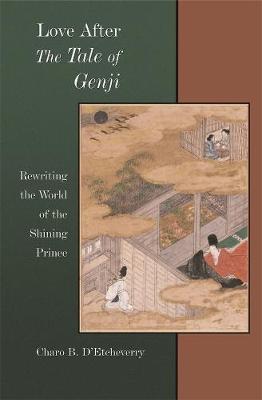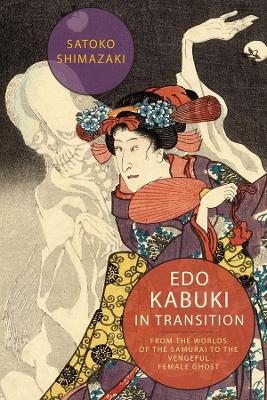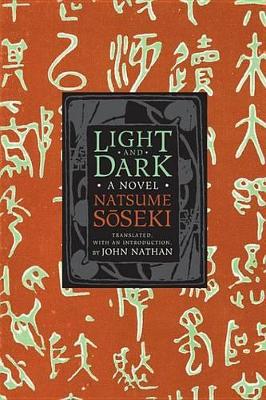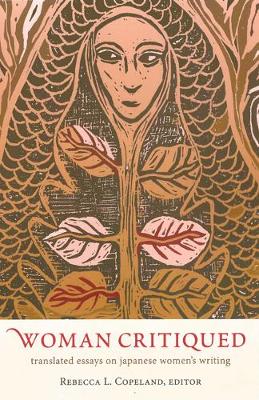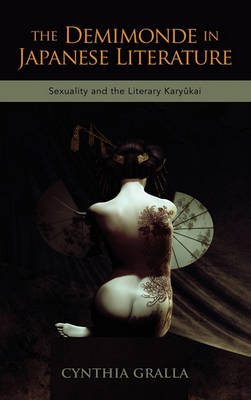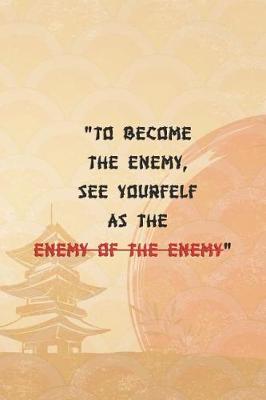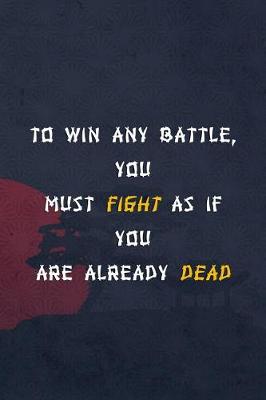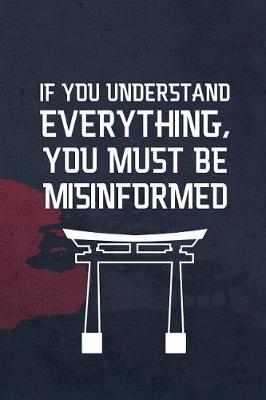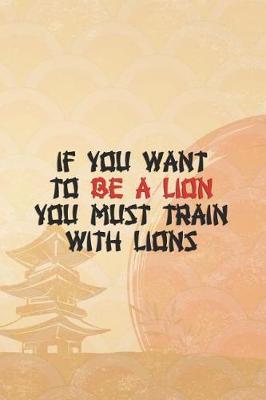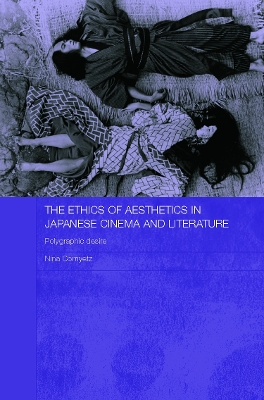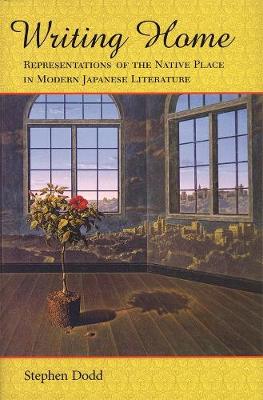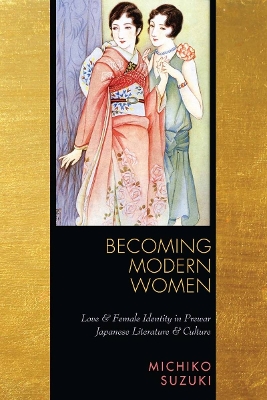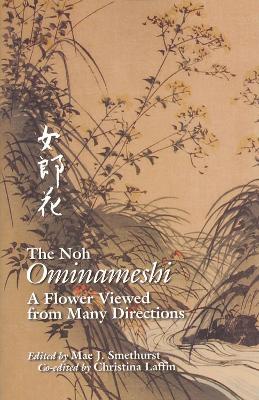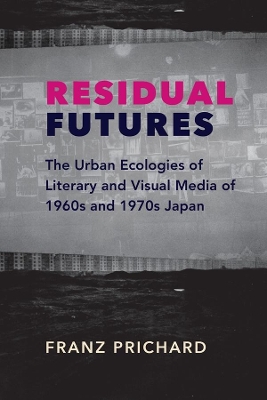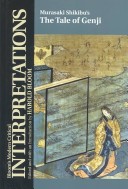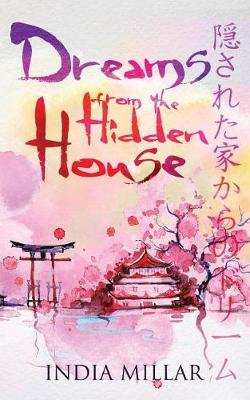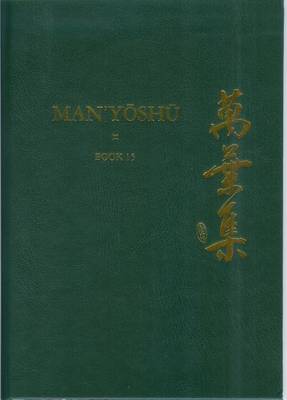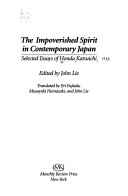Girl Reading Girl provides the first overview of the cultural significance of girls and reading in modern and contemporary Japan with emphasis on the processes involved when girls read about other girls. The collection examines the reading practices of real life girls from differing social backgrounds throughout the twentieth century while a number of chapters also consider how fictional girls read attention is given to the diverse cultural representations of the girl, or shojo, who are the obj...
The eleventh-century masterpiece The Tale of Genji casts a long shadow across the literary terrain of the Heian period (794-1185). It has dominated critical and popular reception of Heian literary production and become the definitive expression of the aesthetics, poetics, and politics of life in the Heian court.But the brilliance of Genji has eclipsed the works of later Heian authors, who have since been displaced from the canon and relegated to critical obscurity.Charo B. D'Etcheverry calls for...
Satoko Shimazaki revisits three centuries of kabuki theater, reframing it as a key player in the formation of an early modern urban identity in Edo Japan and exploring the process that resulted in its re-creation in Tokyo as a national theatrical tradition. Challenging the prevailing understanding of early modern kabuki as a subversive entertainment and a threat to shogunal authority, Shimazaki argues that kabuki instilled a sense of shared history in the inhabitants of Edo (present-day Tokyo) b...
Published in 1917, Light and Dark is unlike any of Natsume Soseki's previous works and unique in Japanese fiction of the period. What distinguishes the novel as "modern" is its remarkable representation of interiority. The protagonists, Tsuda Yoshio, thirty, and his wife O-Nobu, twenty-three, exhibit a gratifying complexity that qualifies them as some of the earliest examples of three-dimensional characters in Japanese fiction. O-Nobu is quick-witted and cunning, a snob and narcissist no less...
A Warrior Is Worthless Unless He Rises Above Other And Stands Strong In The Midst Of A Storm
by Demi Hickman
To Become The Enemy, See Yourfelf As The Enemy Of The Enemy.
by Demi Hickman
To Win Any Battle, You Must Fight As If You Are Already Dead
by Hannah Finley
If You Understand Everything, You Must Be Misinformed.
by Sabrina MacDonald
The Ethics of Aesthetics in Japanese Cinema and Literature (Routledge Contemporary Japan, #10)
by Nina Cornyetz
This is an innovative, scholarly and original study of the ethics of modern Japanese aesthetics from the 1930s, through the Second World War and into the post-war period. Nina Cornyetz embarks on new and unprecedented readings of some of the most significant literary and film texts of the Japanese canon, for instance works by Kawabata Yasunari, Mishima Yukio, Abe Kobo and Shinoda Masahiro, all renowned for their texts' aesthetic and philosophic brilliance. Cornyetz uniquely opens up the field...
Writing Home (Harvard East Asian Monographs (HUP)) (Harvard East Asian Monographs)
by Stephen Dodd
This book examines the development of Japanese literature depicting the native place (furusato) from the mid-Meiji period through the late 1930s as a way of articulating the uprootedness and sense of loss many experienced as Japan modernized. The 1890s witnessed the appearance of fictional works describing a city dweller who returns to his native place, where he reflects on the evils of urban life and the idyllic past of his childhood home. The book concentrates on four authors who typify this t...
Presenting a fresh examination of women writers and prewar ideology, this book breaks new ground in its investigation of love as a critical aspect of Japanese culture during the early to mid-twentieth century. As a literary and cultural history of love and female identity, Becoming Modern Women focuses on same-sex love, love marriage, and maternal love-new terms at that time; in doing so, it shows how the idea of "woman," within the context of a vibrant print culture, was constructed through the...
In an "other world" composed of language-it could be a fathomless Martian well, a labyrinthine hotel or forest-a narrative unfolds, and with it the experiences, memories, and dreams that constitute reality for Haruki Murakami's characters and readers alike. Memories and dreams in turn conjure their magical counterparts-people without names or pasts, fantastic animals, half-animals, and talking machines that traverse the dark psychic underworld of this writer's extraordinary fiction.Fervently acc...
This new volume in Genji studies comprises a collection of six individual essays by leading international scholars addressing the Tale of Genji Scrolls and the Tale of Genji texts in the context of new critical theory relating to cultural studies, narrative painting, narratology, comparative literature and a global view of medieval romance. Uniquely, it also links new critical theory with multidisciplinary and interdisciplinary interests. Increasingly, scholarly research views 'reading' The Tale...
In an important and unique contribution to the study of noh, this volume includes, for the first time, essays on the subject of one noh play written by scholars from both sides of the Pacific Ocean in their own language, Japanese or English (with a summary of each contribution translated into the other language also included). The essays show some of the breadth and depth that is available for the study of Japanese literature and drama both in Japan and abroad. Japanese scholars Amano Fumio, Nis...
In the postwar years, an eruption of urbanization took place across Japan, from its historical central cities to the outer reaches of the archipelago. During the 1960s and 1970s, Japanese literary and visual media took a deep interest in cities and their problems, and what this rapid change meant for the country. In Residual Futures, Franz Prichard offers a pathbreaking analysis of the works wrought from this intensive urbanization, mapping the ways in which Japanese filmmakers, writers, photogr...
- Presents the most important 20th century criticism on major works from The Odyssey through modern literature - The critical essays reflect a variety of schools of criticism - Contains critical biographies, notes on the contributing critics, a chronology of the author's life, and an index - Introductory essay by Harold Bloom
Modern Japanese Fiction and Its Traditions: An Introduction
by Professor J Thomas Rimer
This new translation, the lifework of the author, is fully academically oriented. Given that it is the largest Japanese poetic anthology and thus the most important compendium of Japanese culture of the Asuka period (AD 592-710) and most of the Nara period (AD 710-784), it is very much more than a work of literature, which has been the single focus of previous translations by Pierson and Suga.Thus, in this translation the author has sought to present the Man'yosh to the reader preserving as far...
The Impoverished Spirit in Contemporary Japan
by Honda Katsuichi and Katsuichi Honda

